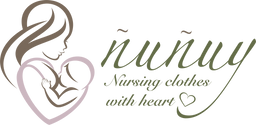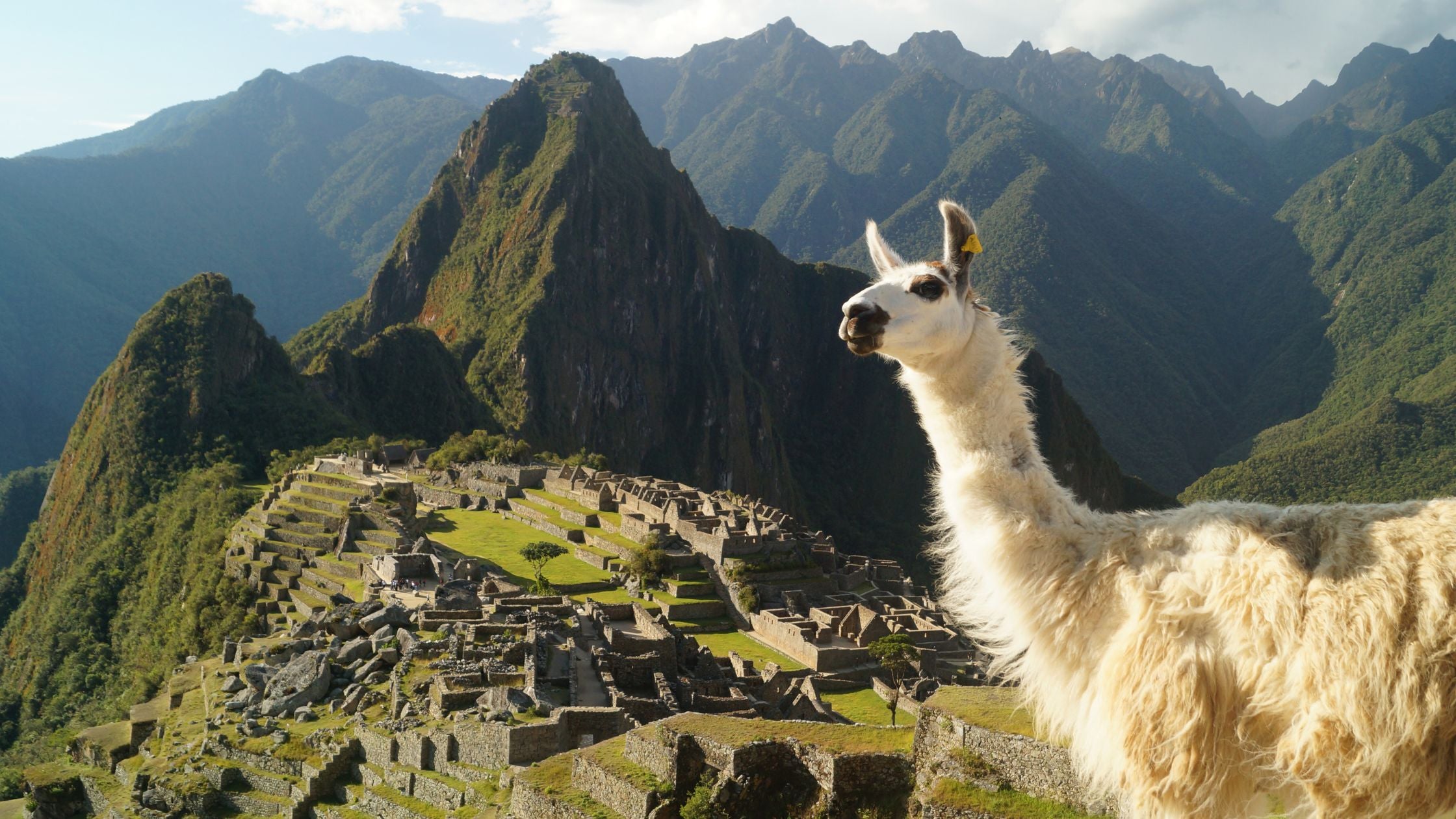ñuñuy (pronounced knew-knew-e) translates to breastfeed in Quechua – the ancient language of the Incas. Quechua is still spoken today in Peru. In this post I share about my travels to Peru and the inspiration behind the name of this company.
Traveling to Peru for the First Time
I always dreamed of becoming a world traveler when I was a kid. My family didn’t travel much. An occasional road trip to Disney World or a rare visit to my extended family in Michigan. I love to travel! And I love to sit in the window seat on airplanes.
My husband, Gonzalo, was born and raised in Miraflores – a district in Lima. After purchasing our first flight together to Peru, it felt like my dreams were coming true! What an exciting time to meet his family and see Peru before the wedding. Most people think of places like Machu Picchu when they hear Peru. This is where I was most excited to go.
Touring Machu Picchu
My sister-in-law is a travel agent in Peru. She booked us a private tour guide at Machu Picchu. What a difference this made compared to larger group tours. Our tour guide, Magaly, was so kind. We took our time and got to ask as many questions as we wanted.
Our adventure to Machu Picchu begins with a train from Cusco to Aguas Calientes. Once the train arrives, a bus takes you up to the ancient ruins. Even as an adrenaline junkie, that bus ride was slightly terrifying. Bumpy with lots of twists and turns up the cliff.
After entering the site, you walk on a legit ancient Inca trail. Hidden around a bend is the platform that overlooks these magnificent ruins. Overcome with emotions as I saw it from above for the first time, a few tears streamed down my face. This place is magical! How grateful I felt to be standing next to the love of my life as I took it all in.


Because we had a private tour, we got to know Magaly (pictured below). After our tour, we invited her to lunch in Aguas Calientes. I am still in touch with Magaly today. When Gonzalo and I were dreaming up this business of mine – I reached out to Magaly for help with Quechua words. It was important to me to give the business a strong and meaningful name.
The word ñuñu means breast and ñuñuy means to breastfeed. I love the name! But, I knew it would be hard for some to pronounce it and requires an explanation of the meaning behind it.

A Brief History of the Quechua Language
There are various theories around the origins of Quechua. Some scholars believe Quechua originated on the central coast of Peru, around 2,600 BC. The Incas made Quechua their official language. With the Inca conquest of Peru in the 14th century, Quechua became Peru’s lingua franca. The Inca Empire flourished from 1438 to 1533 AD. Although the empire lasted only about 100 years, the Incas spread Quechua to areas as far as Ecuador, Bolivia, and Chile. When the Spanish conquistadors arrived in the 16th century AD, Quechua had already spread throughout a large portion of the South American continent (Source).

Ayllu and the Family
Family is a vital component of Inca society. Therefore, strong attachments were common between distant relations – not just immediate family. For example, the words for father and uncle were the same. The same holds true for the words for mother and aunt. Additionally, the word for cousin was the same as brother and sister.
The broader family were all members of the same kin group, or ayllu. Some groups were composed of hundreds of smaller family units. Because of this, some groups were large enough to be considered a sub-tribe. Marriage outside of this group was unusual. This means all members of the ayllu were in some way related. These groups believed they came from a common ancestor. Typically a legendary figure or even a mythical animal.
Birth in the Inca Empire
Common in ancient societies, births and deaths were high. Birth control did not exist. As a result, families in ancient Peru had five members on average. Children worked in the fields. In some cases, children began helping their parents as soon as they could walk! Pregnancy also did not affect a woman’s agricultural duties. She contributed throughout the entire pregnancy.
When a women went into labor, there was no help from a midwife. After giving birth, a paste is applied to her belly and wrapped in cloth. This paste contained herbs such as muña and coca. These herbs help with pain management and promote healing. The mother returned to work in the fields shortly after giving birth. She carried her baby on her back in a traditional piece of cloth, called a lliklla, to keep her hands free and the baby close.
A feast, known as the rutuchicoy, was held after the baby weaned. The baby was also named at this feast. The family receives gifts, and clippings of its nails and hair were kept.
There were no schools or even an official written language in ancient Peru. Children learned everything from their the parents. Therefore, most children continued their parent’s trade.
Quechua Today in Peru
Approximately 5 million people speak Quechua in Peru today. Many indigenous women wear colorful traditional attire. A bowler hat is part of this attire. Brought to Peru by British railway worker in the 1920s. Bowler hats, pictured below, are still worn today.

Have you been to Peru? What was your favorite place? Let’s chat in the comments below!
XO
Brittani




